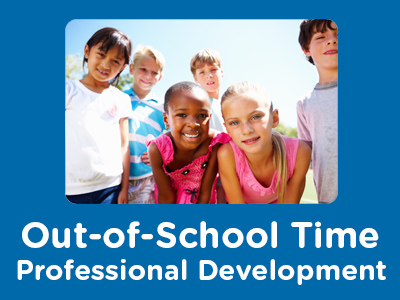 |
Human Relations Skill Development: Good Communication Skills |
0.67 |
Being able to communicate effectively is an essential human relations skill for school-age care professionals. To be a good communicator, school-age professionals need to understand the components of communication and how the communication process works. They need to identify barriers to clear communication and develop strategies for minimizing or eliminating barriers to communication. School-age care professionals also need to work cooperatively with other team members to solve problems and conflicts. In this course, we will explore good communication skills. |
 |
Creating Successful Clubs, Special Events, and Field Trips in School-Age Programs |
2.00 |
Children who regularly attend school-age programs need many opportunities to participate in activities that help them connect with their communities and work together to build on their interests, talents, and abilities. Clubs, special events, and field trips are ideal vehicles for providing these opportunities. When staff know how to work with children to plan and implement these activities, children develop a sense of program ownership that helps them become productively engaged in a variety of meaningful activities that support their development. |
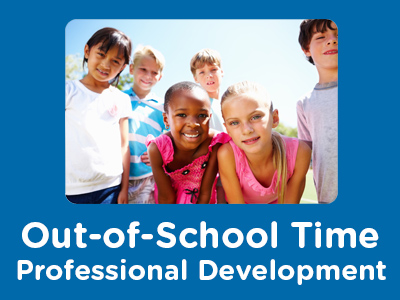 |
Human Relations Skill Development: Leadership Styles and Conflict Management: Leadership Styles |
1.00 |
Research indicates that those in positions of leadership use a variety of different leadership and management styles. A person’s effectiveness as a leader is often directly linked to his or her leadership style. It is important for school-age care professionals to be aware of the assumptions and characteristics of different leadership styles. Knowledge of different leadership styles can help school-age care professionals reflect on their own leadership style, and assess its effectiveness. |
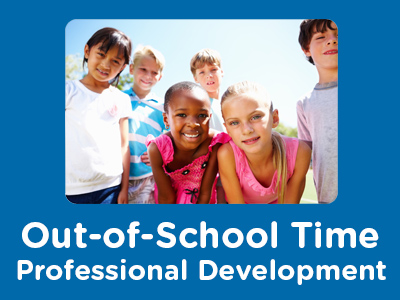 |
Helping Children with ADD Succeed In School-Age Programs: Strategies and Techniques for Staff |
1.00 |
Children with ADD regularly experience struggles and challenges at home, in school, and in the community. Without the help of knowledgeable, understanding, and supportive people, they often experience multiple failures and frustrations on a daily basis. In this course, we will examine strategies and techniques that staff can use when working with children with ADD. |
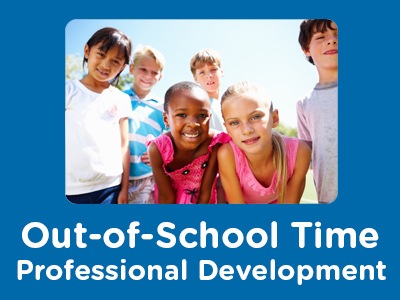 |
Creating and Maintaining Healthy School-Age Environments |
2.00 |
Keeping school-age children healthy is a major priority for school-age programs. This requires giving careful attention to setting up the environment in a way that promotes healthy habits, and using effective strategies for monitoring and maintaining a hygienic environment. Because school-age children are growing towards independence, it is also important to help them develop habits and behaviors for living a healthy life-style. |
 |
Creating and Maintaining Safe School-Age Environments |
2.00 |
Keeping school-age children safe during out-of-school hours is a top priority for school-age programs. This requires giving careful attention to setting up the program environment in a way that promotes safety, and using effective strategies for monitoring and maintaining a safe environment. Because school-age children are growing towards independence, it is also important for staff to help them develop habits and behaviors that will keep them safe from harm as they participate in program experiences. Promoting and protecting children's safety is one of the major responsibilities of staff in school-age programs. |
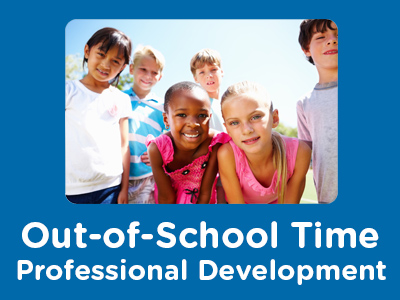 |
Growing as a Professional in School-Age Programs: Opportunities for Professional Development |
1.00 |
An important part of professionalism in the school-age field is continued personal growth and development in relation to the field. This requires using appropriate resources and strategies to further individual professional development. In this course, we will explore professional development opportunities for school-age staff. |
 |
Growing as a Professional in School-Age Programs: Professionalism in School-Age Programs |
1.00 |
In the search for a definition of professionalism in school-age programs, it is helpful to examine the common characteristics of professionalism in other fields. The next step is identifying qualities and characteristics associated with professional behavior in the school-age field itself. As a school-age professional, it is also important to understand the importance of acting as a public policy advocate on behalf of school-age children and their families. |
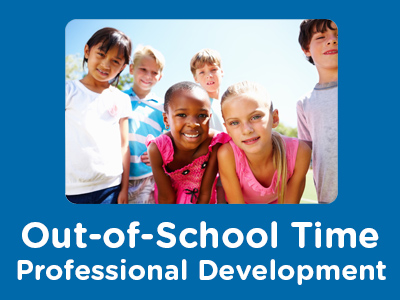 |
Exploring Effective Schedules, Diverse Activity Formats, Planning Tools, and Staff Roles |
2.00 |
Flexible schedules make it possible to provide a varied program of activities that support the developmental needs and interests of school-age children. By establishing a flexible schedule, school-age staff can plan and implement a variety of different activity formats. To develop a balanced program, it is important for school-age staff to take a systematic approach to both short-term and long-range planning. Staff can use a variety of planning tools to plan different types of activities. To implement a diverse program of activities, it is essential for school-age staff to recognize and use a wide variety of roles as they interact with children throughout the program day. |
 |
Current Trends and Issues in Out-of-School Time Programs: Funding & Support |
0.67 |
It is important for school-age care professionals to understand how the field has developed since its inception, and to be knowledgeable about the current status of the field of school-age care. With this knowledge and understanding, it is possible for school-age care professionals to participate in shaping the field as it grows in the future. In this course, we will explore funding and support issues in out-of-school time programs. |
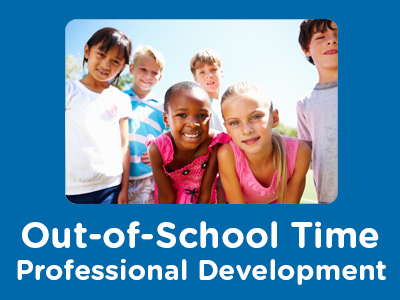 |
Human Relations Skill Development: Focus on Leadership Styles and Conflict Management: Managing Conflict |
1.00 |
Research indicates that those in positions of leadership use a variety of different leadership and management styles. A person’s effectiveness as a leader is often directly linked to his or her leadership style. It is important for school-age care professionals to be aware of the assumptions and characteristics of different leadership styles. Knowledge of different leadership styles can help school-age care professionals reflect on their own leadership style, and assess its effectiveness. Leaders also use a variety of different styles when it comes to managing and resolving conflicts. By understanding how to diagnose the causes and dynamics of conflict, and understanding the characteristics of different conflict management styles, school-age care professionals can choose the best conflict management strategy for each situation. |
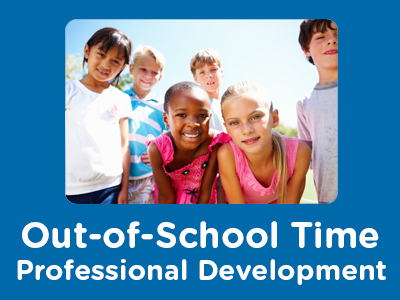 |
Sharing Information with Parents and Other Professionals: Communication Tools |
1.00 |
School-age children work on many important developmental tasks during their out-of-school hours. One of the important responsibilities of school-age care staff is to help parents stay in touch with how their children are growing and developing during program hours. In this course, we will explore tools used to communicate with families about their children. |
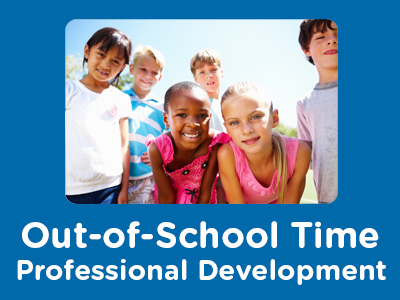 |
Human Relations Skill Development: Cultivating Communication Skills |
0.67 |
Being able to communicate effectively is an essential human relations skill for school-age care professionals. To be a good communicator, school-age professionals need to understand the components of communication, and how the communication process works. They need to identify barriers to clear communication, and develop strategies for minimizing or eliminating barriers to communication. School-age care professionals also need to work cooperatively with other team members to solve problems and conflicts. In this course, we will explore strategies for cultivating good communication skills. |
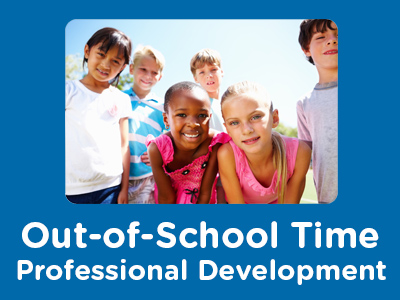 |
The Six Ps of Marketing School-Age Programs |
2.00 |
Effective marketing of school-age programs is a systematic process that involves research, analysis, assessment of market trends and needs, short-term and long-term planning, and development of effective strategies to promote school-age program services and develop a positive image of the program in the community. It is important for school-age care leaders to recognize that marketing is a far reaching process that includes, but is not limited to, advertising and publicity. When leaders take a comprehensive approach to marketing, their programs and projects have an excellent chance of success. Knowledge and understanding of the marketing process is an invaluable tool for leaders as they plan and implement new programs and projects, assess the stability and need for improvement of current programs, develop plans for new or expanded programs, and develop a positive public image of the program and its services. |
 |
Observation Skills: What's Going on Here? |
2.00 |
Observation forms the basis of much of what people plan and do every day. As staff work with children in school-age programs, observation takes a more formal role. High quality school-age care is based on the principle of developmentally appropriate practices. Developmentally appropriate practices combine general knowledge of child development with specific knowledge of each individual child. Conducting objective observations help staff learn about each child's development, and provides staff with valuable information to use in planning and implementing appropriate program experiences and in developing effective guidance strategies. |
 |
Guiding the Behavior of Individual Children |
2.00 |
This knowledge and understanding will help students develop strategies for creating programs that encourage individual children to develop self-discipline and self-direction, establish positive relationships with others, and exhibit respect for program materials and equipment and the rights of others. |
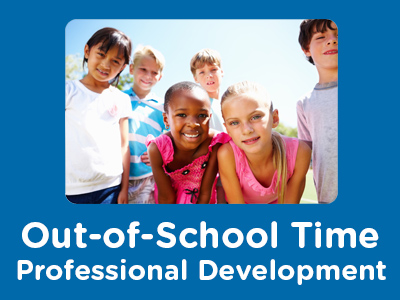 |
Involving School-Age Children in Activity Planning and Implementation |
2.00 |
As they grow and change and move toward independence, school-age children and youth become very interested in planning and directing their own activities. This means it’s very important for staff to think of ways to involve them in program planning and implementation. By planning activities WITH children instead of FOR them, and engaging them in creating the program environment, staff can help children develop a feeling of ownership of the program—a positive feeling that the program belongs to them." |
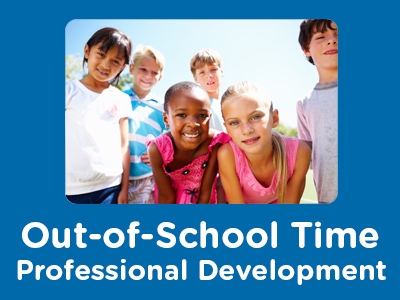 |
Growing as a Professional: Health and Stress Management: Strategies for Coping with Stress |
1.00 |
Every day, school-age care professionals dedicate themselves to caring for and nurturing children, youth, and families. Often, school-age care professionals are so dedicated to serving others, they neglect their own needs. When this happens, school-age staff can experience stress that causes them to become overwhelmed, exhausted, frustrated, dissatisfied with job responsibilities, and unappreciated. When school-age care professionals maintain a healthy, balanced lifestyle, they are in a much better position to face the challenges of supporting and nurturing children and families with positive energy, enthusiasm, patience, and empathy. In this course, we will examine strategies to help staff cope with stress. |
 |
Current Trends and Issues in Out-of-School Time Programs: Needs & Benefits |
0.67 |
It is important for school-age care professionals to understand how the field has developed since its inception, and to be knowledgeable about the current status of the field of school-age care. With this knowledge and understanding, it is possible for school-age care professionals to participate in shaping the field as it grows in the future. In this course, we will explore needs and benefits in out-of-school time programs. |
 |
Sharing Information with Parents and Other Professionals: Policies & Conferences |
1.00 |
School-age children work on many important developmental tasks during their out-of-school hours. One of the important responsibilities of school-age care staff is to help parents stay in touch with how their children are growing and developing during program hours. In this course, we will explore policies and conferences. |
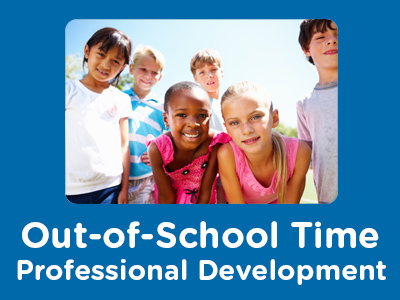 |
Exploring Developmental Needs and Characteristics: Age Group 8 to 10 |
0.67 |
Certain developmental needs and traits are associated with younger school-age children, while others are typical of older school-age children and youth. While the differences between school-age children of different ages are not clear-cut, there are some general traits and tasks that are often associated with younger (ages 5-7), middle (ages 8-10), and older (ages 11-12) school-age children and youth. In this course, we will explore the needs and characters of children ages 8 to 10, to help staff plan appropriate activities and guidance strategies. |
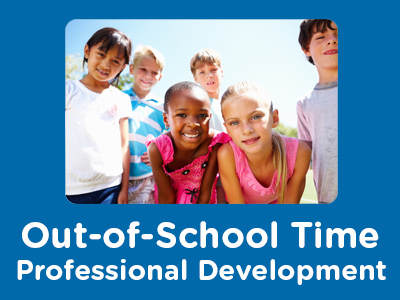 |
Exploring Developmental Needs and Characteristics: Age Group 5 to 7 |
0.67 |
Certain developmental needs and traits are associated with younger school-age children, while others are typical of older school-age children and youth. While the differences between school-age children of different ages are not clear-cut, there are some general traits and tasks that are often associated with younger (ages 5-7), middle (ages 8-10), and older (ages 11-12) school-age children and youth. In this course, we will explore the needs and characters of children ages 5 to 7, to help staff plan appropriate activities and guidance strategies. |
 |
Exploring Four Areas of School-Age Development: Emotional Development |
0.50 |
One of the most helpful ways to gain an understanding of the needs and interests of youth between 5 and 12 is to examine their development from four different perspectives: 1) Physical Development, 2) Cognitive Development, 3) Social Development, and 4) Emotional Development. In this course, we will explore the emotional development perspective. |
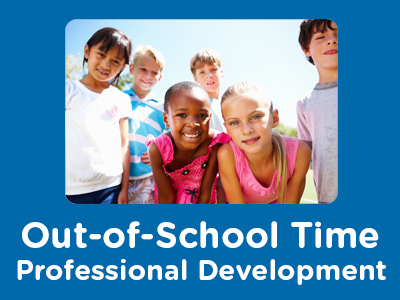 |
Exploring Four Areas of School-Age Development: Cognitive Development |
0.50 |
One of the most helpful ways to gain an understanding of the needs and interests of youth between 5 and 12 is to examine their development from four different perspectives: 1) Physical Development, 2) Cognitive Development, 3) Social Development, and 4) Emotional Development. In this course, we will explore the cognitive development perspective. |
 |
Developing Activities That Encourage Creativity and Cognitive Development |
2.00 |
Children who regularly attend school-age programs need many opportunities to engage in activities that will help them develop their creative potential and apply their emerging thinking abilities and skills. To support children’s needs, it is essential for school-age staff to understand the creative process, and the relationship of cognitive development to creativity. With this knowledge and understanding, staff can design and implement a program that encourages a sense of wonder as children explore their environment, fosters creative imagination, and enhances children’s ability to apply reasoning skills appropriately as they develop ideas and encounter challenges, problems, and opportunities. |


























